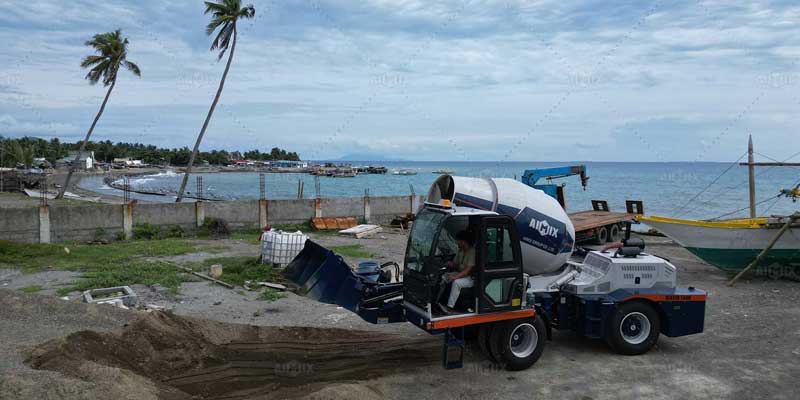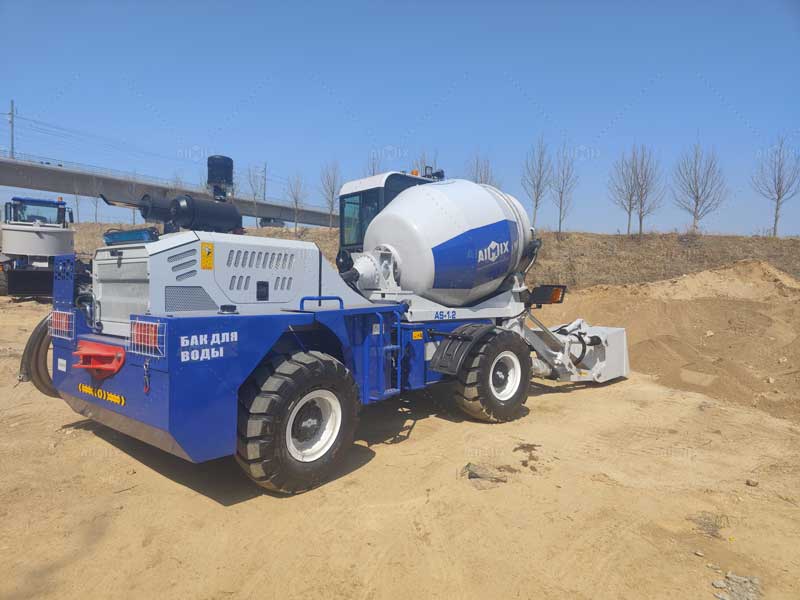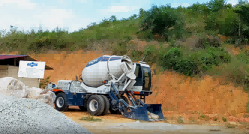
Quick Fixes & Maintenance for Self-Loading Mixers
Discover maintenance tips and quick fixes to keep your self-loading concrete mixer running efficiently and reliably on-site.






© 2024 Crivva - Business Promotion. All rights reserved.